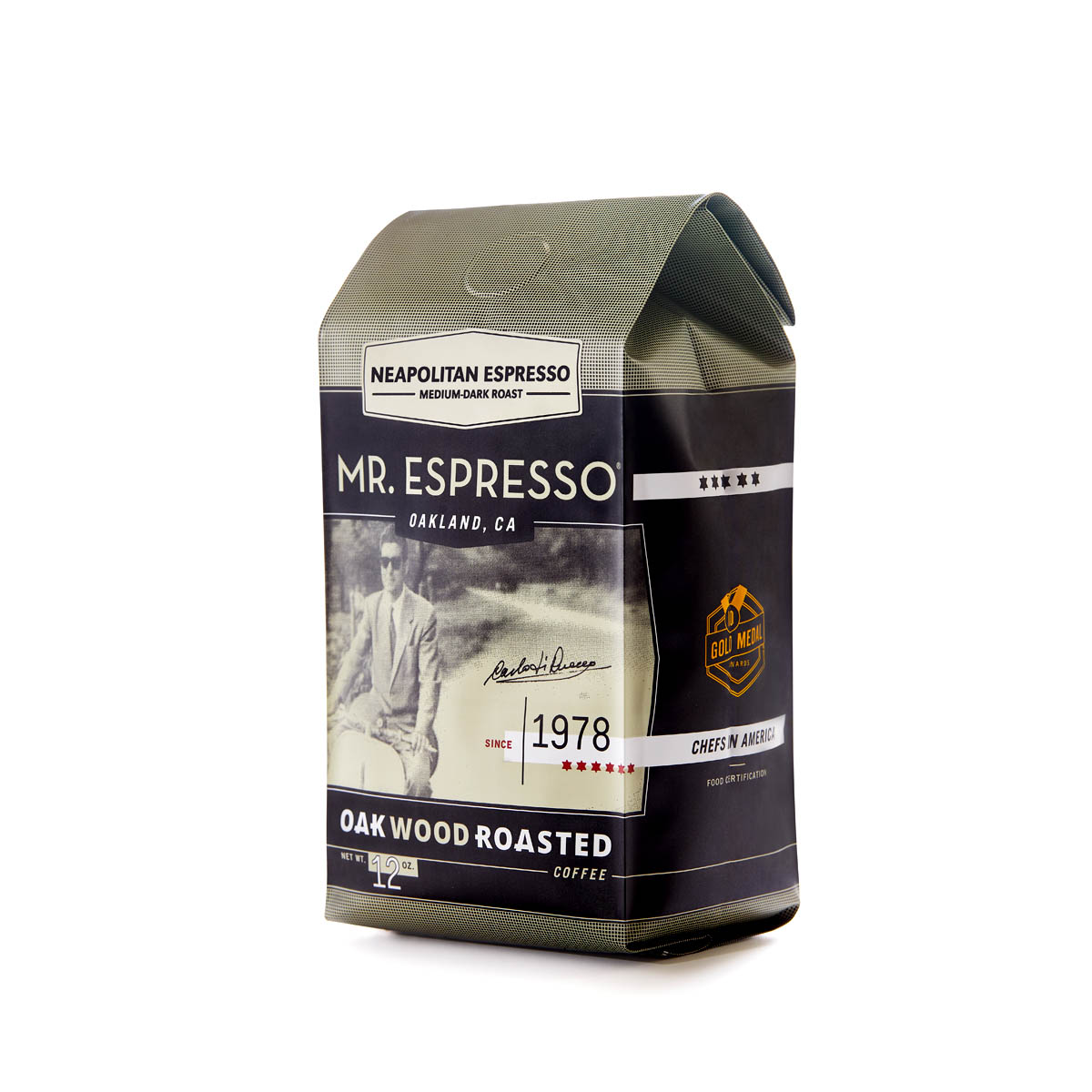![Cà Phê Matcha [Vietnamese Matcha Coffee] Cà Phê Matcha [Vietnamese Matcha Coffee]](https://i.imgur.com/mLVHYnZ.jpg)
Cà Phê Matcha [Vietnamese Matcha Coffee]
Ingredients
Instructions
- In a small bowl add ½ teaspoon of matcha powder
- Add 1 tablespoon of milk
- Emulsify the matcha powder and milk with the matcha whisk
- Stir in 3 tablespoons of condensed milk
- Bring 1 cup of water to a boil.
- Add the ground coffee to the Phin Filter
- Put the Phin Filter on top of the glass.
- Pour 1/4 cup hot water over the coffee to bloom the coffee grounds
- Then pour the remaining 3/4 cups of hot water into the Phin Filter.
- Let the Phin Filter drip for 5 minutes.
- After 5 minutes, remove the coffee filter and discard the coffee grounds.
- Pour and line matcha cream at the bottom of a 10 oz. glass cup
- Fill the 10 oz. glass with ice (optional)
- Cold: Pour 1 cup of Vietnamese Phin Filtered Coffee, shaken with ice, into a 10 oz. glass cup (optional)
- Hot: Pour 1 cup of Vietnamese Phin Filtered Coffee into a 10 oz. glass cup
- Stir vigorously, before drinking
Notes
Vietnamese Coffee History
The origins of Vietnamese Coffee can be traced back to the 1850s as a result of French Colonialism. As it turns out, Vietnam is a great region to grow [Arabica & Robusta] coffee. Vietnam started with Arabica trees in the 1850s. Their crop yield remained low until the 1980s when the VCP [Vietnamese Communists Party] made an effort to introduce Robusta (a high yield coffee) to subsidize. Thus, resulting in Vietnam becoming the world’s 2nd largest coffee producer.
Is Vietnamese Robusta bad?
Robusta has twice the caffeine content of Arabica. And is the contributing factor to Vietnamese Coffee’s infamous (subjective) reputation of being strong. Additionally, it’s naturally bitter and less aromatic. As a result, it is predominantly used for dark roasting, which is (traditionally) a preferred style for Vietnamese Coffee.
Robusta Fact
Robusta has more of the antioxidants responsible for many of coffee's health benefits
What About Vietnamese Arabica?
Arabica is often found in craft coffee shops and is favored for its fruity and light-bodied qualities. However, it is not traditionally used with Vietnamese Coffee.
Coffee Recommendation
Like wine, coffee has many different characteristics. For this recipe, I chose Dark French Roast from my local coffee roaster Mr. Espresso. It is pungent, smokey, and dark- a style that is sought after by many Vietnamese coffee aficionados.
About Mr. Espresso
[https://mrespresso.com/]
Mr. Espresso is an Oakland-based, family-owned, and operated Specialty Coffee Roaster that started in 1978. Mr. They specialize in coffee that is gently roasted as it was in Italy, over slow-burning, oak wood logs that are hand-selected, perfectly seasoned, and sustainably sourced. Skillfully adapting this Old World tradition to modern tastes, the Mr. Espresso family continues to roast classically inspired blends to bring you an espresso-like no other.









